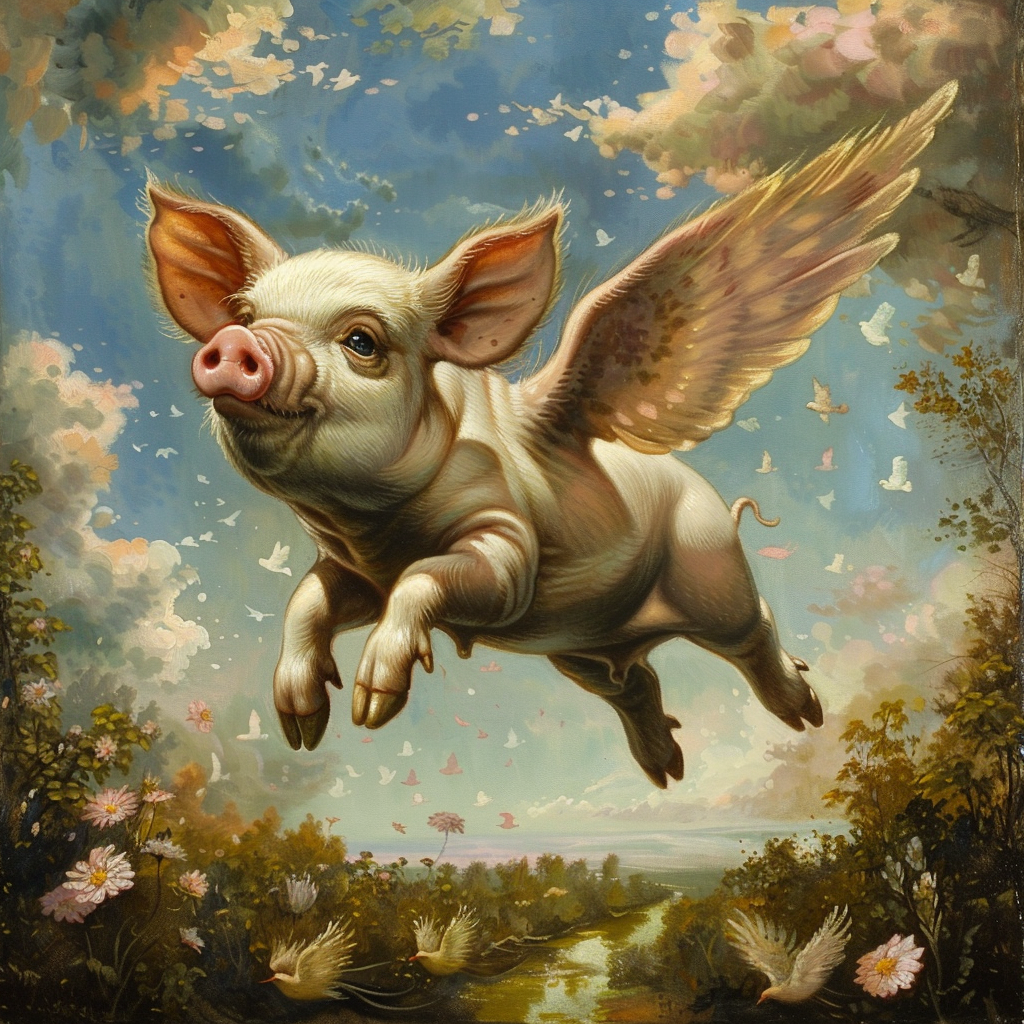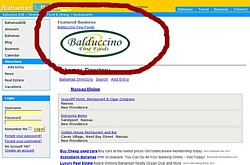Here in The Bahamas, we know pigs can swim. But we also know they can’t fly.
Manipulated images and fraudulent photos generated with artificial intelligence are proliferating online — and the problem will surely grow l.
Detecting a fake photo can be challenging, but here are some tips:
1. Examine Details: Look closely at the photo for inconsistencies or unnatural elements.
2. Check Lighting and Shadows: Ensure that the lighting in the photo is consistent and shadows fall correctly.
3. Assess Perspective and Proportion’s: Look for distortions that may indicate manipulation, such as disproportionate objects or people.
4. Search for Pixelation or Blurriness: Fake photos may exhibit pixelation or blurriness in certain areas where manipulation has occurred.
5. Verify Sources: If possible, verify the source of the photo and any accompanying information.
6. Use Reverse Image Search: You can use tools like Google Reverse Image Search to see if the photo has been used elsewhere online.
Similar tools include Bing Visual Search and Yahoo Image Search. Websites include DupliChecker.com and Labnol.org (you can find apps through the Apple and Google Play stores). Volland’s favorite tool is TinEye: She likes its “most changed” sorting option, which shows how an image has been digitally altered.
7. Consult Experts: When in doubt, consult with experts or use specialized software designed to detect photo manipulation.
Remember, no single method can guarantee the authenticity of a photo, but a combination of these techniques can help you make an informed judgment.


